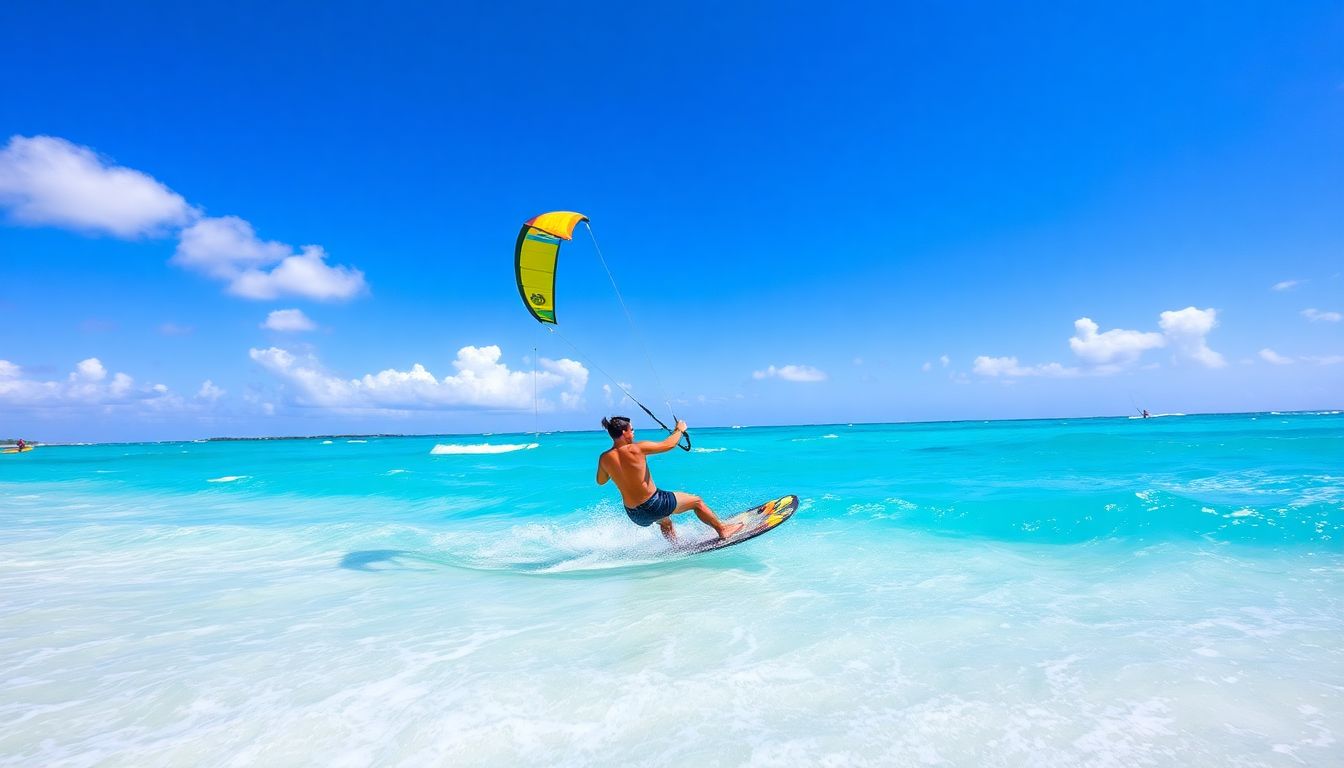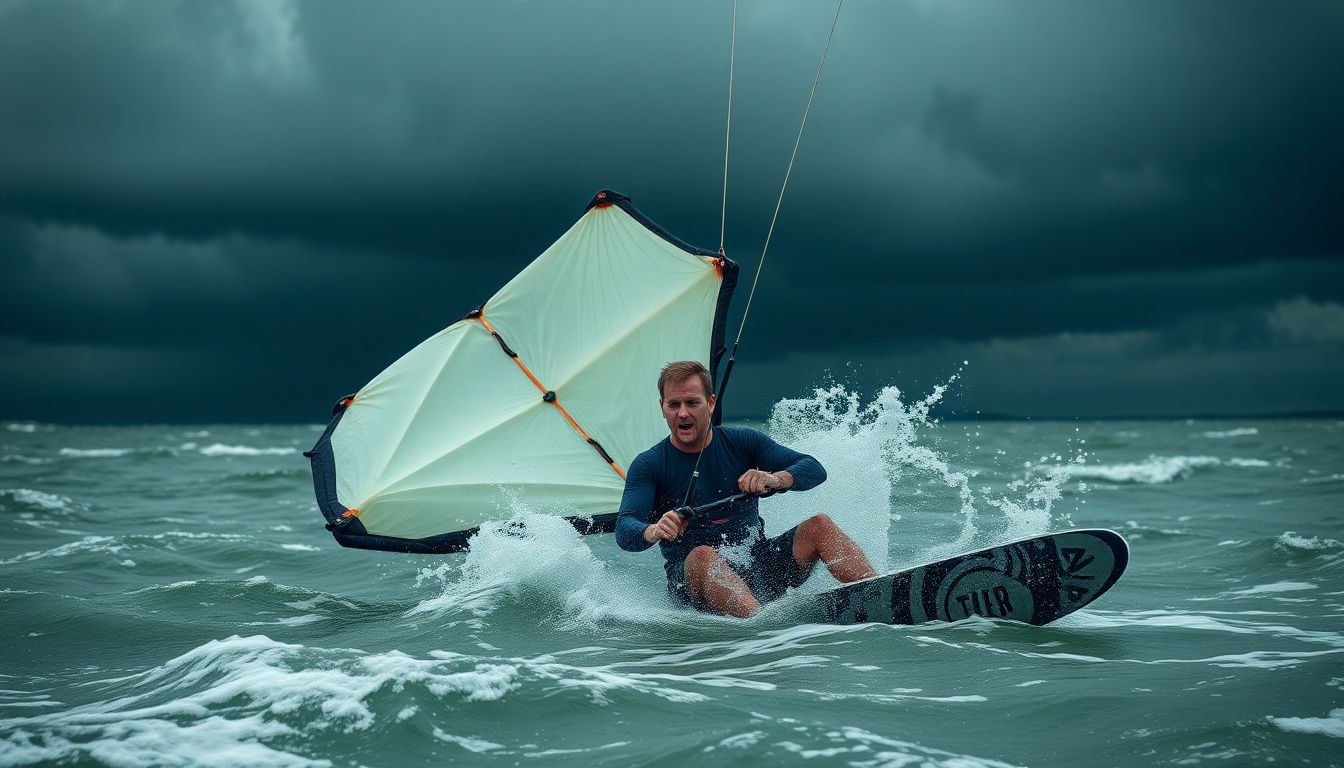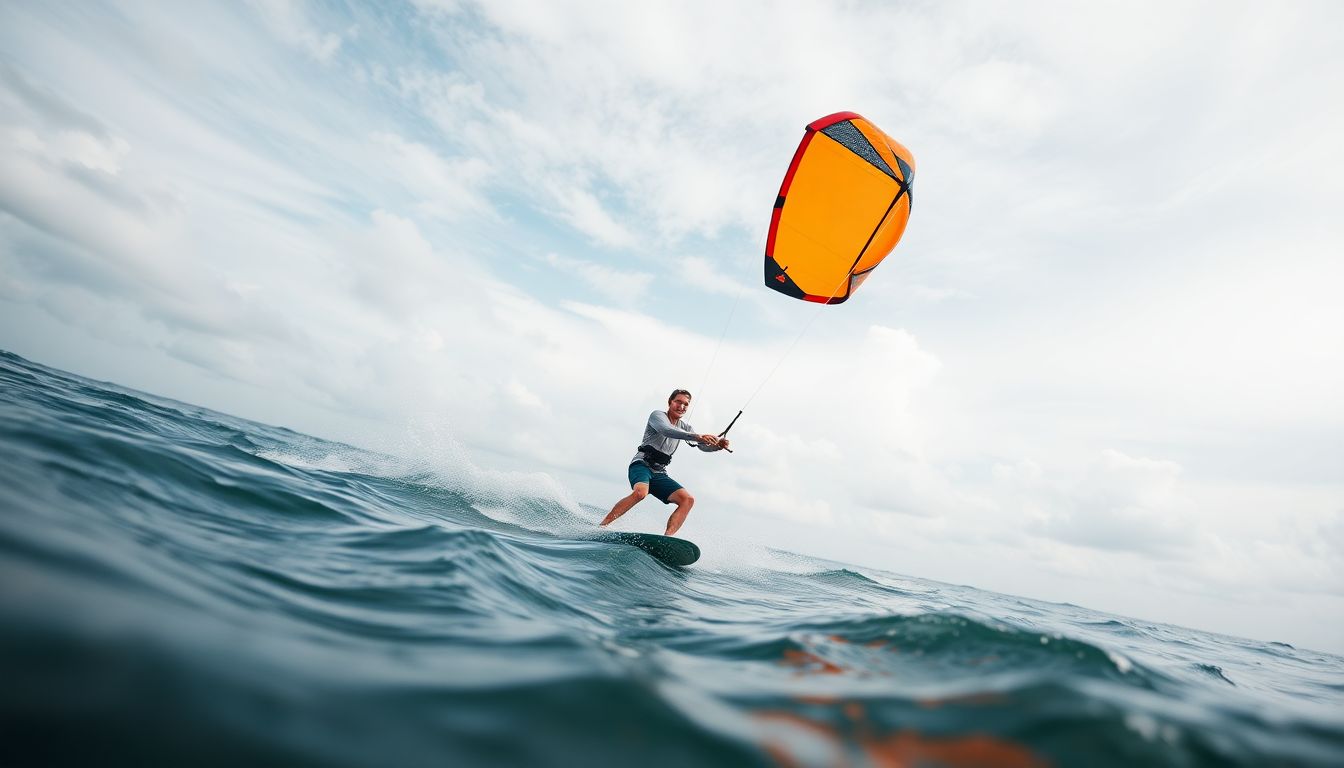Imagine a bright morning, the sun rising over azure waters, the sound of waves crashing against the shore. Kitesurfers glide gracefully, harnessing the wind’s power, as instructors offer guidance and encouragement. This is just another day in the life of a kitesurfing instructor. This exciting profession not only involves teaching essential skills but also navigating daily challenges and reaping rewarding experiences.
The Early Bird Catches the Wind
Pre-lesson Prep: Equipment Check and Safety Briefing
Before the sun beams down on eager kitesurfing students, instructors engage in crucial preparations. Checking equipment meticulously ensures safety. Statistics reveal that around 25% of kitesurfing accidents result from equipment failure. Instructors perform thorough checks on kites, boards, harnesses, and lines to mitigate risks.
A typical morning routine includes:
- Weather Forecasting: Monitoring wind conditions, temperature, and tide levels.
- Site Assessment: Evaluating the kitesurfing location for safety and suitability.
Student Assessment and Lesson Planning: Tailoring to Different Skill Levels
Every student is unique, and instructors carefully assess their abilities. They adapt lessons to fit individual learning styles. For example:
- A beginner may need more visual demonstrations.
- An experienced student may require focused tips on advanced tricks.
Creating a personalized experience not only boosts confidence but also maximizes skill development.
On the Water: Teaching and Guiding
Instruction Techniques: From Basics to Advanced Maneuvers
Instructors employ various teaching methods suited to all levels of kitesurfers. Beginners may start with basic kite control while advanced students work on aerial maneuvers. Techniques include:
- Visual Aids: Using diagrams or videos to illustrate techniques.
- Demonstrations: Instructors often showcase maneuvers to give students a clear example.
Handling Unexpected Situations: Safety First
The ocean is unpredictable. Instructors face challenges like sudden gusts of wind or equipment malfunctions. Prioritizing student safety is vital. For instance, an instructor may need to:
- Calm an anxious student facing strong wind.
- Quickly resolve a tangled line situation without panicking.
Real-world experiences strengthen problem-solving skills and enhance safety management.
Building Rapport and Fostering a Positive Learning Environment
Teaching isn’t just about skills; it’s about connection. Instructors cultivate trust through:
- Communication: Engaging students with encouragement and clarity.
- Positive Reinforcement: Celebrating small victories to boost confidence.
A supportive environment enhances learning and keeps students coming back.

Post-Lesson Wrap-Up
Debriefing and Feedback: Assessing Progress and Identifying Areas for Improvement
After each lesson, instructors conduct debriefing sessions. They discuss students’ strengths and areas needing improvement. Constructive criticism helps set goals for future lessons. This feedback loop is critical for continuous growth and mastery of kitesurfing.
Equipment Maintenance and Storage
Maintaining equipment is essential for safety and performance. Instructors ensure:
- Proper Cleaning: Rinsing saltwater and sand off gear to prevent damage.
- Drying and Storage: Keeping equipment in cool, dry places to extend its life.
Preventative maintenance is key to ensuring everything is in top condition.
The Business Side of Kitesurfing Instruction
Client Management and Communication: Scheduling, Bookings, and Customer Service
Effective communication is crucial for managing clients. Instructors need to excel in:
- Scheduling: Arranging lessons that fit both instructor and student timelines.
- Customer Service: Responding promptly to inquiries and offering support.
These aspects contribute to retaining clients and attracting new ones.
Marketing and Self-Promotion: Building Your Brand
A strong online presence can make a significant difference. Instructors should consider:
- Social Media: Sharing exciting moments from lessons to engage followers.
- Website Development: Creating an informative site for potential clients.
Using these strategies helps to establish credibility and reach more students.
Legal and Insurance Considerations: Protecting Yourself and Your Business
It’s vital for instructors to consider legal aspects. Having appropriate insurance protects against risks. Additionally, obtaining necessary safety certifications ensures instructors meet legal requirements. This provides peace of mind for both instructors and students.
The Rewards of the Job
The Thrill of Witnessing Student Progress: Sharing the Joy of Kitesurfing
One of the most fulfilling aspects of being a kitesurfing instructor is seeing students progress. Watching a beginner successfully launch their kite for the first time sparks a sense of joy. Instructors often share stories of students achieving milestones, enhancing their own teaching satisfaction.
Personal Growth and Professional Development: Continuous Learning and Skill Enhancement
The journey of a kitesurfing instructor involves constant growth. Engaging in professional development keeps instructors updated on best practices. Many instructors emphasize the importance of learning, with seasoned pros often stating, “The more you teach, the more you learn.”
The Lifestyle: Combining Work and Passion
Working outdoors in a dynamic environment provides daily excitement. Kitesurfing instructors enjoy sandy beaches and fresh air, making work feel like play. One instructor noted, “Every day is a new adventure, and I get to share my passion.”
Conclusion
Being a kitesurfing instructor involves overcoming challenges while enjoying immense rewards. The balance between hard work and personal satisfaction creates a truly fulfilling experience. Sharing a deep passion for kitesurfing helps create lasting memories for both instructors and students alike. Engaging in this vibrant community not only cultivates skills but also fosters life-long friendships. For more about kitesurfing, click link.








